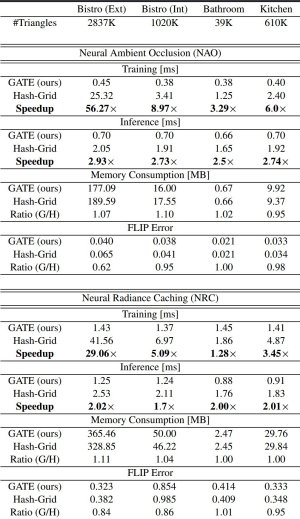It will be easily x4 compared to PS5, if you take a hypothetical 5070S, or a 9070 with 20% better RT, compared to the RX 6700. Would expect 6-8x in heavy RT scenarios. It's also a combination of CPU+GPU.There is no way RT will be "a bit better" - it will need to be x4 at least for PS6 to last another 7-8 years (that's till 2035, we should have flying cars on garbage by then)
They've got a good enough RT+PSSR with 16GB VRAM, limited by CPU. VRAM is the plug & play aspect of it, and Sony can get it cheap enough. I'm sure the FSR4+ variant that'll ship with PS6 will have enough optimizations. Sony and AMD also have their philosophy on AI/ML in gaming, and what a game is.
With all that said, it's also about the price. It wouldn't be like the PS5 Pro, but more like PS5 launch. That's packing plenty for Sony's elite studios to get cracking.




